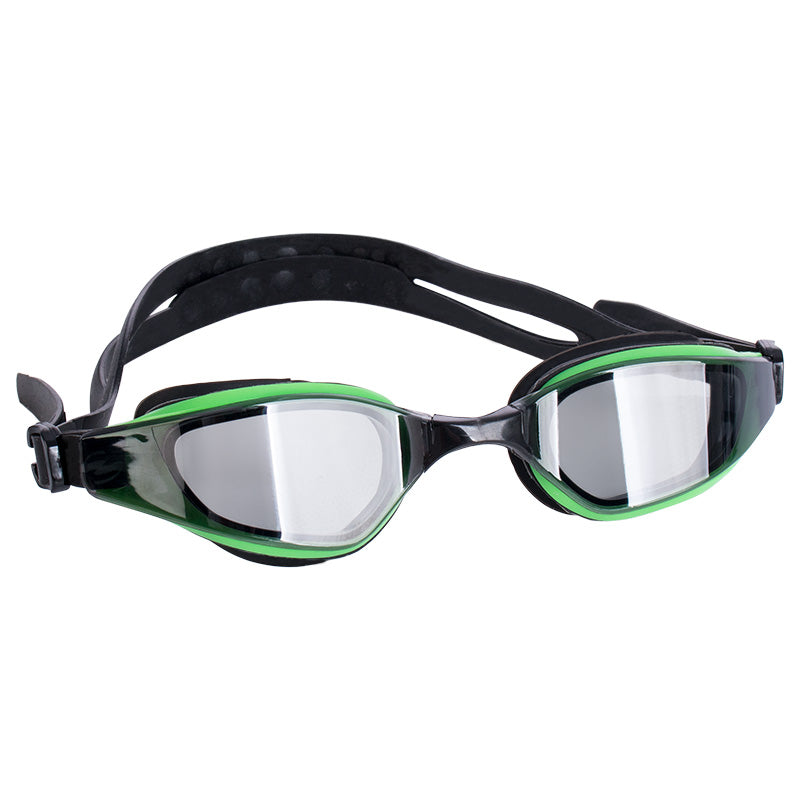Swimming is a very common sport in life, and it is also a sport that many people like. So is swimming an aerobic exercise?
Swimming is aerobic exercise. Swimming refers to the movement of people to float upward under the action of water buoyancy and to make the body move regularly in the water through the regular movement of limbs by means of buoyancy.
Aerobic exercise, also known as aerobic exercise, refers to physical exercise performed by the human body under the condition of sufficient oxygen supply. It is characterized by low intensity, rhythm, and long duration.
So what is the difference between aerobic and anaerobic exercise?
The main role of aerobic exercise is fitness, while the main role of anaerobic exercise is plasticity. The general fitness plan is aerobic exercise combined with anaerobic exercise to achieve the purpose of physical fitness.
The popular interpretation of aerobic exercise is the type of exercise with smooth breathing, low intensity, and long duration, through continuous or repeated activities, and complete a certain amount of exercise within a certain period of time. During the whole exercise process, we can smoothly complete the breathing process, but the breathing is slow and fast. Aerobic exercise will help us lose fat, enhance cardiopulmonary function, and play a vital role in the health of the body. Generally, the exercise time is longer, usually, For more than 15 minutes, and the exercise intensity is medium or above, basically, such as skipping rope, jogging, brisk walking, tai chi, cycling, long-distance swimming, etc.
Anaerobic exercise can be explained as high exercise intensity, short exercise time, and high heart rate during exercise, that is, high-intensity, high-frequency, and continuous exercise. Because anaerobic exercise is mostly high-intensity and instantaneous exercise, it is difficult to last for a long time, and the time to eliminate fatigue is also slow. Common anaerobic exercises include sprinting, weightlifting, throwing classes, diving, high jump, long jump, tug of war, muscle strength training, and more.


